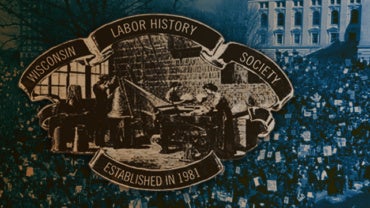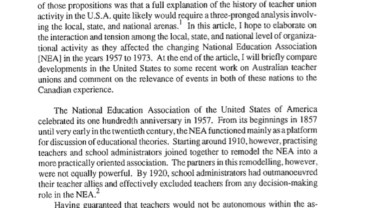LaborArts presents powerful images to further understanding of the past and present lives of working people. Our events and contests expand on this effort. The site includes curated Exhibits on particular subjects; the Collection, where one can search images from exhibits and other sources; and Events, a place for updates on talks in the “Art and Activism” series, the “Making Work Visible” writing contest for CUNY students, and the Clara Lemlich Awards (held every spring). The range of images included in Labor Arts is broad[, including] photographs, posters, buttons, banners and flyers – images of artifacts that may not have been created as art but have artistic value; paintings, sculpture and other fine art that is about work and workers; and art and artifacts that have been generated by working people. We gather, identify and display images of these cultural artifacts in order to encourage more people in this country and around the world to appreciate the history of work and working people.











